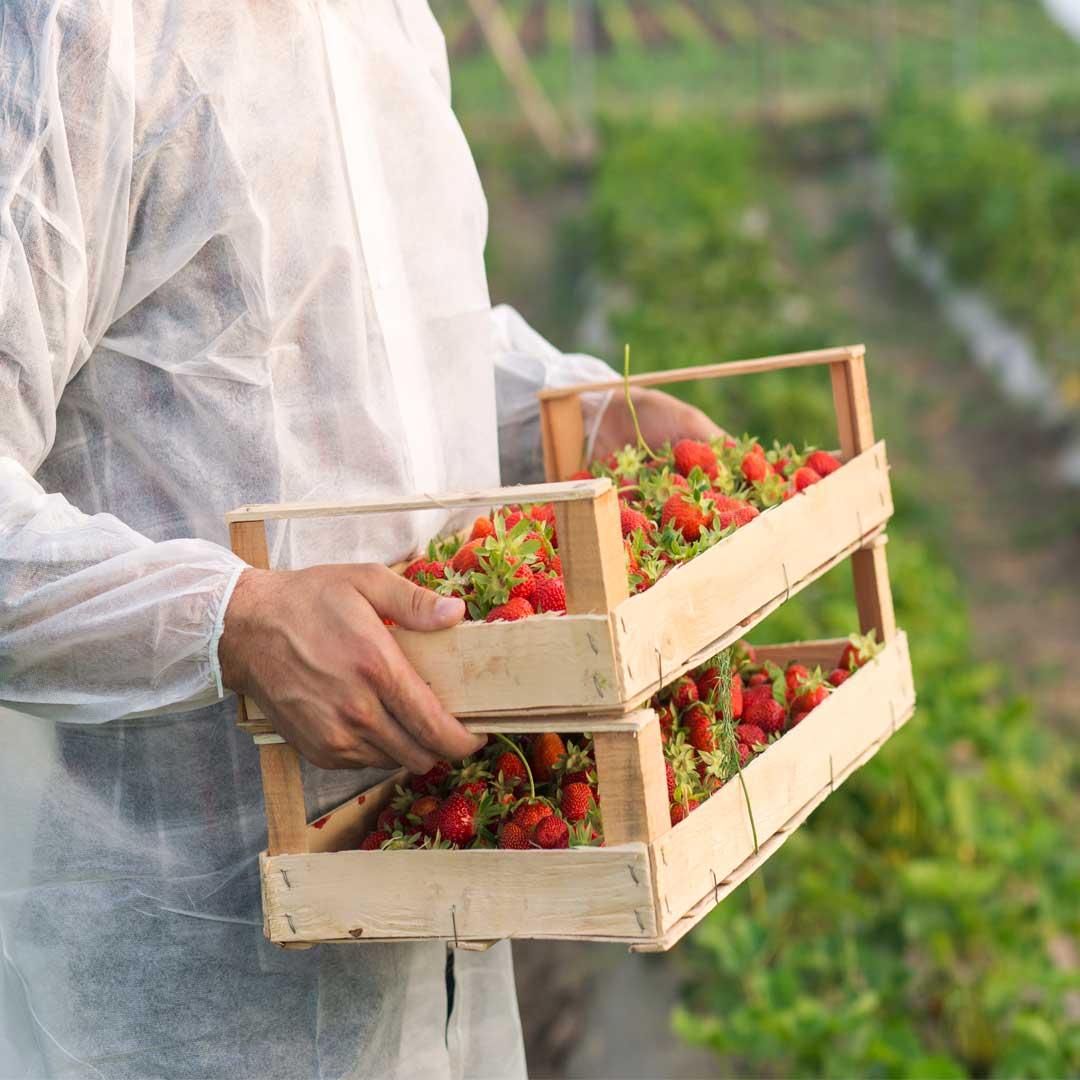France is a major EU market with high demand for premium, natural, and exotic foods. Iran exports pistachios, saffron, d...
History of Tomato Paste
The History of Tomato Paste
Technical Overview and Its Iranian Roots
Tomato paste, a concentrated form of tomatoes that enhances flavor and depth in various dishes, has a fascinating history rooted in ancient culinary practices and technical evolution. While tomatoes themselves are native to the Americas, the art of reducing fruits or vegetables into concentrated forms dates back centuries, originating from preservation needs and evolving into an essential culinary staple. This article delves into the technical background of tomato paste production, its historical journey, and the role Iran has played in this industry.

Origins of Tomatoes and the Development of Tomato Paste
Tomatoes were first cultivated by the Aztecs and other Mesoamerican cultures around 700 A.D. They were introduced to Europe in the early 16th century after Spanish explorers brought them back from the New World. Initially, tomatoes were met with suspicion in Europe due to their belonging to the nightshade family. However, by the 17th and 18th centuries, tomatoes became integral to Italian and Spanish cuisines.
Italy The Country of Tomato
Is credited with pioneering the process of creating tomato paste, which originated as a method to preserve tomatoes for off-season use. Italians would sun-dry tomatoes or cook them down to a dense, thick paste, which they could then store and use as needed. This technique preserved the rich, sweet flavors of tomatoes and was perfect for use in sauces, soups, and stews.
Technical Evolution of Tomato Paste Production
The production of tomato paste has evolved from traditional cooking methods to advanced industrial processes. Here’s a breakdown of the main steps:
Selection and Preparation:
Ripe tomatoes are carefully selected for their high color, sugar content, and acidity. This is essential for achieving the desired flavor and consistency in the final product.
Crushing and Heating:
The tomatoes are first crushed to release juice and pulp. Heating this mixture helps deactivate enzymes that can degrade flavor and texture.
Evaporation and Concentration:
The crushed tomatoes are then slowly cooked to reduce water content. Modern factories use vacuum evaporators, which lower the boiling point of water, allowing for faster concentration while preserving color and nutrients. This process produces different concentration levels, or "Brix," indicating the paste’s sugar content and thickness.
Straining and Refinement:
Seeds, skins, and any unwanted fibers are strained out to produce a smooth, even paste. This process is often repeated to achieve a double- or triple-concentrated paste, depending on the desired intensity.
Aseptic Packaging:
For long-term storage, tomato paste is often packaged using aseptic methods. This involves sterilizing the paste and packaging in a sterile environment, effectively extending its shelf life without the need for refrigeration.
Types of Tomato Paste by Brix Level
Single Concentrated (18-20% Brix): Lightly concentrated paste, used in fresh, mild recipes.
Double Concentrated (28-30% Brix): More common in household and restaurant use, providing a rich flavor ideal for sauces.
Triple Concentrated (36-38% Brix): Very thick and intense in flavor, used in manufacturing and bulk food production, including Iranian aseptic tomato paste.
Tomato Paste in Iran:
A Culinary and Commercial Perspective
Tomatoes were introduced to Iran in the late 19th century through trade routes linking Europe and the Middle East. As tomato-based dishes gained popularity, especially stews and rice-based dishes, tomato paste became an essential ingredient in Iranian kitchens. The Iranian people developed their own unique methods of using and producing tomato paste, integrating it deeply into their cuisine.
In the mid-20th century, as Iran’s food industry began to grow, tomato paste production became more industrialized. Iranian producers adopted modern techniques, and Iranian tomato paste quickly gained a reputation for its quality and rich taste. Iran’s climate, particularly in regions like Fars and Khuzestan, is ideal for growing tomatoes with high natural sugar content, making Iranian tomato paste unique in flavor and texture.

Traditional Iranian Dishes Using Tomato Paste
Tomato paste has become a fundamental ingredient in various traditional Iranian dishes:
Gheymeh:
A savory stew made with split peas, meat, and dried limes, using tomato paste to enrich its flavor and provide a bright color.
Khoresh Bamieh:
An okra stew often flavored with spices and tomato paste, showcasing the paste’s ability to thicken and flavor sauces.
Dami Gojeh Farangi:
A rice and tomato-based dish that uses tomato paste to deepen the color and add a sweet, tangy flavor.
Iran’s Role in the Global Tomato Paste Market
Iran is one of the largest producers and exporters of tomato paste globally, particularly in the form of bulk aseptic paste. Iranian tomato paste is known for its high Brix levels, usually between 36-38%, making it suitable for long-term storage and transport. It’s also valued for its consistency, vibrant red color, and natural flavor. Iran exports tomato paste across the Middle East, Europe, and even parts of Asia, contributing significantly to the global market.
Aseptic Tomato Paste Production in Iran
In recent decades, Iran has invested in state-of-the-art aseptic technology, allowing it to produce high-quality tomato paste that meets international standards. Aseptic packaging is particularly important for bulk exports because it prevents spoilage and extends shelf life without preservatives. The process involves sterilizing the paste and packaging it in large drums or bags in a sterile environment, ensuring that the paste remains fresh for up to two years without refrigeration.
Tomato Paste Available in Bulk On AbrishamRoad B2B Iranian Platform
Tomato paste’s journey from the sun-dried techniques of early Italy to Iran’s industrial production highlights its adaptability and essential place in cuisines around the world. Today, Iran stands as a major producer, known for high-quality aseptic tomato paste that serves both local and international markets. With its deep red color, robust flavor, and extended shelf life, Iranian tomato paste continues to be a sought-after ingredient, enriching dishes and meeting the growing demand for this versatile product across the global.




